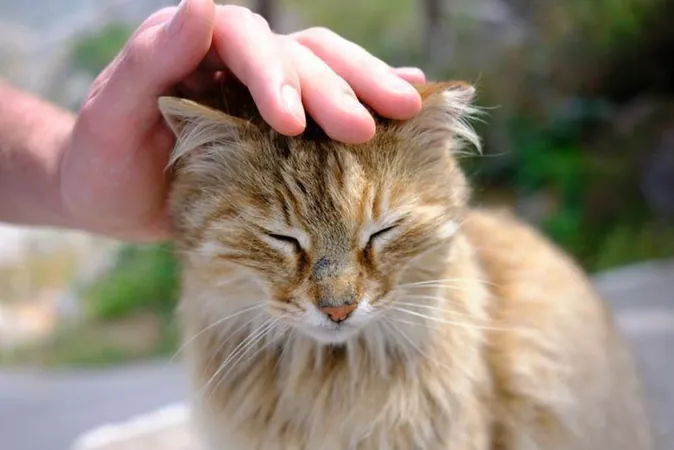
Unraveling the Shocking Truth: Why Petting Your Cat Sparks Static Electricity
2024-09-23
Introduction
Have you ever been startled by a tiny electric shock while petting your furry feline friend? You’re not alone! Scientists have officially cracked the mystery behind this surprising phenomenon, and the explanation is more scientific than you might think.
The Science Behind the Shock
Researchers from Northwestern University have delved deep into the intricacies of static electricity and how petting your cat triggers these little sparks. According to Professor Laurence Marks, petting a cat isn’t just an endearing gesture; it’s a dynamic interaction that generates electrical charges.
What Happens During Petting?
So, what exactly happens? When you stroke a cat's fur, there is a considerable difference in the forces acting on the surface of your hand and the fur itself. This disparity in forces, as Marks explains, leads to friction that causes electrical charges to accumulate. "When you slide your hand across the fur, the front and back of your hand experience different forces, resulting in the buildup of charge that creates a current," he elaborated in a recent interview.
A Historical Perspective on Static Electricity
Interestingly, this isn’t just a 21st-century discovery. Static electricity has been a curiosity since ancient times, first documented as far back as 600 BC when the Greek philosopher Thales of Miletus discovered that rubbing amber with fur attracted dust. However, understanding the mechanics behind static electricity has evolved significantly, and that's where the Northwestern team's groundbreaking work comes in.
The Research Journey
Starting their research in 2019, Marks and his team examined the relationship between friction and charge in what is known as tribology—the study of friction, wear, and lubrication. Even as the world grappled with the Covid-19 pandemic, these researchers persisted in their experiments, determined to uncover the hidden secrets of static electricity.
New Findings and Implications
The team developed a new model focused on something called "elastic shear," which occurs when materials resist sliding forces. This resistance generates friction, consequently driving electrical charges to move and accumulate. Their findings were recently published in the prestigious journal *Nano Letters*, marking a significant leap forward in the field.
Conclusion
While the static shocks from your kitty may seem harmless, it’s crucial to recognize the broader implications of these findings. Sparks caused by static electricity can lead to serious consequences, including industrial fires and challenges in accurately dosing powdered medications in the pharmaceutical industry. The knowledge gained from this research not only enhances our understanding of everyday phenomena but may also pave the way for innovative solutions to prevent hazardous static discharges in various settings.
As Professor Marks succinctly put it, “If we understand, we can prevent; we can control.” So the next time you reach out to pet your cat and feel that little jolt, just remember—there’s a fascinating science behind it! Who knew loving your pet could be so electrifying?

 Brasil (PT)
Brasil (PT)
 Canada (EN)
Canada (EN)
 Chile (ES)
Chile (ES)
 España (ES)
España (ES)
 France (FR)
France (FR)
 Hong Kong (EN)
Hong Kong (EN)
 Italia (IT)
Italia (IT)
 日本 (JA)
日本 (JA)
 Magyarország (HU)
Magyarország (HU)
 Norge (NO)
Norge (NO)
 Polska (PL)
Polska (PL)
 Schweiz (DE)
Schweiz (DE)
 Singapore (EN)
Singapore (EN)
 Sverige (SV)
Sverige (SV)
 Suomi (FI)
Suomi (FI)
 Türkiye (TR)
Türkiye (TR)